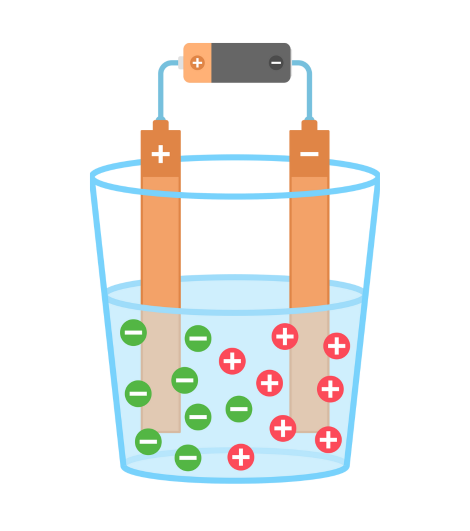In the world of 3D printing, the pursuit of perfection is a never-ending journey!!
While additive manufacturing offers unparalleled flexibility and creativity, achieving the desired aesthetics and functionality often requires additional steps. One such technique that has gained traction in recent years is electroplating. Electroplating, the process of depositing a layer of metal onto a conductive surface, not only enhances the appearance of 3D printed parts but also reinforces them with desirable properties. In this blog post, we delve into the intricacies of electroplating for 3D printed pieces, exploring its benefits, techniques, and applications.
The Advantages of Electroplating: Electroplating serves as a transformative process for 3D printed objects, offering a plethora of benefits:
-
Aesthetic Enhancement: Electroplating allows for the application of a wide range of metal coatings, including copper, nickel, chrome, gold, and more. This diversity enables designers to achieve various finishes, from sleek and reflective to rustic and textured, enhancing the visual appeal of their creations.
-
Surface Protection: Beyond aesthetics, electroplating provides an additional layer of protection to 3D printed parts, shielding them from corrosion, wear, and environmental degradation. This durability prolongs the lifespan of the components, ensuring long-term functionality.
-
Mechanical Reinforcement: By depositing metal layers onto the surface of 3D printed objects, electroplating enhances their mechanical properties, such as strength, stiffness, and impact resistance. This reinforcement is particularly advantageous for functional prototypes and end-use parts subjected to rigorous usage.
-
Conductive Coatings: In certain applications, such as electronic devices and sensors, electroplating can impart conductive properties to 3D printed components. By selecting appropriate materials like copper or silver, designers can create conductive pathways, facilitating the flow of electricity within intricate geometries.
Techniques of Electroplating for 3D Printed Pieces: Electroplating for 3D printed objects entails a series of precise steps to ensure optimal results:
-
Surface Preparation: The success of electroplating hinges upon proper surface preparation. Before plating, 3D printed parts undergo meticulous cleaning to remove any residues, oils, or contaminants. This step is crucial for promoting adhesion and uniform coating deposition.
-
Conductive Coating: Since most 3D printing materials are non-conductive, they require a conductive layer to facilitate electroplating. This can be achieved through various methods, such as spray coating with conductive paints or immersion in conductive solutions, creating a conductive path for the metal deposition.
-
Electroplating Bath: The choice of electroplating bath depends on the desired metal coating and the properties required. Different baths offer distinct deposition rates, surface finishes, and material properties. Designers must select the appropriate bath composition and operating parameters to achieve the desired outcome.
-
Current Application: Electroplating involves passing an electric current through the plating bath, causing metal ions to migrate and deposit onto the substrate surface. Control over current density, voltage, and duration is critical for achieving uniform coating thickness and adherent adhesion.
Applications of Electroplating in 3D Printing: The versatility of electroplating opens up a myriad of applications across various industries:
-
Jewelry and Fashion Accessories: Electroplating enables the creation of intricate, metallic jewelry and fashion accessories with stunning finishes, ranging from classic gold and silver to avant-garde chrome and iridescence.
-
Automotive and Aerospace Components: In the automotive and aerospace sectors, electroplating enhances the performance and aesthetics of 3D printed parts, such as engine components, interior trims, and structural elements, while providing corrosion resistance and durability.
-
Consumer Electronics: Electroplating facilitates the production of sleek and durable casings for consumer electronics, including smartphones, laptops, and wearables, incorporating metallic accents and conductive features as needed.
-
Architectural and Decorative Elements: Architects and designers leverage electroplating to craft decorative elements, furniture, and fixtures that harmonize aesthetics with functionality, infusing spaces with sophistication and style.
Electroplating represents a transformative technique for enhancing the appearance, durability, and functionality of 3D-printed pieces. By embracing this process, designers and manufacturers can unlock new realms of creativity, elevating their creations to new heights of quality and performance. Whether in jewelry, automotive, electronics, or architecture, the marriage of 3D printing and electroplating promises endless possibilities for innovation and excellence.

